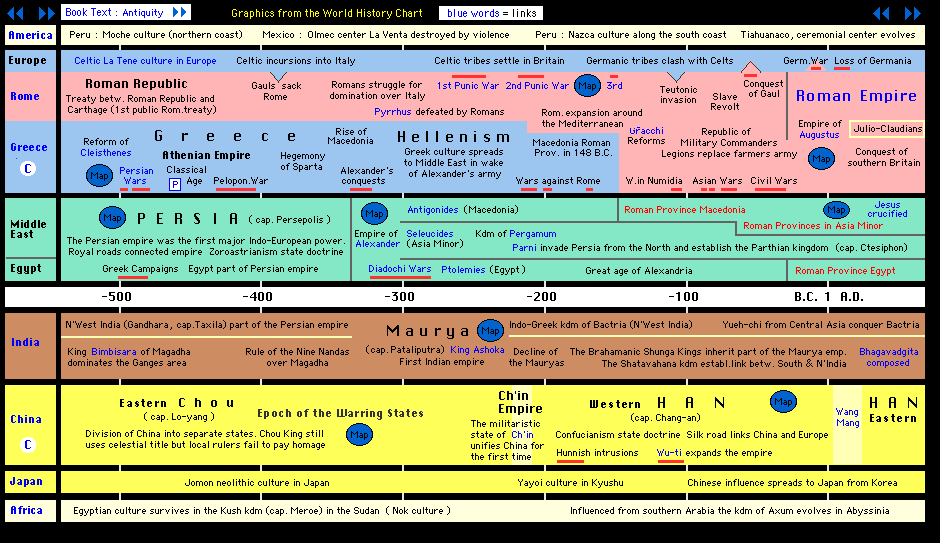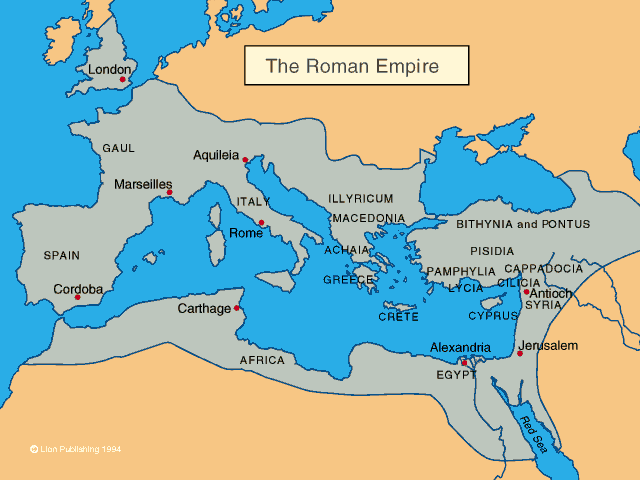Orchestration of Rome
By: Victor Hibbeln, Anna Dengler, and Evan Dafoe
Basic Gist
The Roman empire arose around the 8th century B.C.E. as a small city-state on the western side of central Italy. Rome started out with the ruling of a strong king, which a century later, proved to be an unfit way to lead the empire. Rome switched to a republic around 509 B.C.E. in which the wealthy patricians lead the empire. The Roman administration system continued to become more complex, as it advanced to a system where two consuls would exercise authority and be advised by the Senate. As the Roman empire continued to grow, it made changes to its legal systems as well, by developing code of law to grant some fairness to the lower-class Romans. This political system was one of the reasons Rome emerged into the enormous empire it was, since the people were happy and the empire was led fairly. Rome continued to expand all around the Mediterranean basin in a process that took more than 500 years. The advancement started off in Latin, and continued into North Africa, which led to the Punic Wars fought with Carthage. This victory was consequential for Rome, ensuring it power of the western Mediterranean, thus making it one of the biggest naval powers. The decline of Greece and Mesopotamia came convenient to Rome, who proceeded to take this land under their control as well. By the 2nd century B.C.E. Rome had reached its ultimate extent. Rome managed to keep this extensive amount of land under their control due to their well-trained and admired army. Not until approximately 50 B.C.E. did the Romans question their existing administration system, and switched to the practices of having an emperor again. Though Skeptical at first, people accepted their new administration system and dived into an era of peace and prosperity known as Pax Romana.


